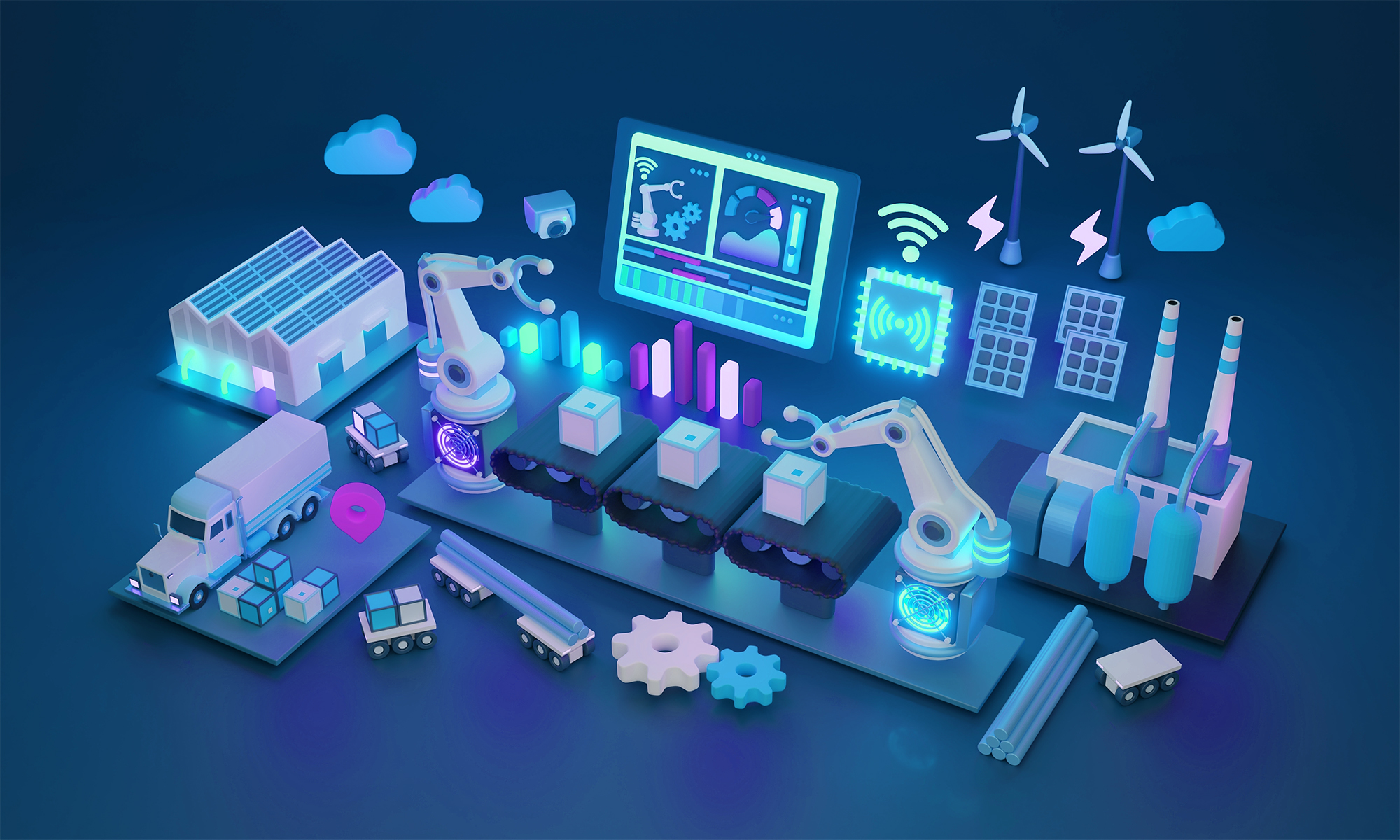It's crucial to understand the challenges that come with it and the best practices that can pave the way for success. Let’s unravel six useful tips to navigate through these challenges with ease.
Common Challenges in Fleet Management
In this new world of edge AI, device fleets are everywhere — from bustling train stations to remote dairy farms, to rugged industrial facilities to department stores spread widely across continents. This decentralized distribution of devices poses several challenges for SIs/MSPs.
-
Challenge 1: Expensive and Time-Consuming On-Site Maintenance
When SIs/MSPs handle multiple devices spread across different countries and cities at the same time, traveling for on-site maintenance and troubleshooting can take up a lot of time and get very expensive.
-
Challenge 2: Platform Compatibility
SIs/MSPs can handle multiple projects with diverse OS requirements. However, many existing platforms for remote device management cannot accommodate varying OS and architectures, resulting in disintegrated management of devices across multiple platforms.
-
Challenge 3: Labor Shortage
Reduced workforce can result in higher labor costs and slow down overall operational efficiency, placing an increased burden on existing staff. It can lead to delayed or unavailable maintenance bookings, potential operational bottlenecks, and an increased risk of unattended device issues that cause businesses profit loss.
-
Challenge 4: Carbon Emissions
The rise in vehicle carbon emissions associated with traveling to widespread locations for device maintenance raises concerns about environmental sustainability. This increases potential conflict with corporate ESG goals and the unwillingness of businesses to partner up.
Best Practices for Fleet Management
To successfully get started in managing device fleets involves an easy-to-integrate centralized cloud platform that is equipped with comprehensive fleet provisioning tools. Now, let's explore six tips to effortlessly navigate fleet management:
-
Best Practice 1: Centralized Device Management:
Find Remote Monitoring and Management (RMM) solutions that offer a unified portal with centralized dashboards to monitor and manage all devices regardless of different OS and architecture. This helps to reduce the need to switch between multiple platforms when provisioning cross-branded fleets of devices.
-
Best Practice 2: Boosted Productivity:
Take advantage of zero-touch automation tools to elevate workflow and eliminate repetitive tasks. Make use of remote device deployment, mass software updates, plugin installations and more so that you can save time waiting on devices to provision individually.
👉🏻 Learn more: Allxon Fleet Provisioning、Allxon BSP OTA Updates
-
Best Practice 3: Scaled Up Business:
Choose RMM solutions that can thrive with your business and accommodate for an expanding client base and a growing number of device fleets.
-
Best Practice 4: Efficient RMM Functions:
Utilize powerful RMM functions that can send commands, take screenshots, and receive alert notifications, to control and access device performance and security at any time in real-time.
👉🏻 Learn more: Allxon RMM
-
Best Practice 5: Sustainable Growth:
If you are dedicated to scaling up your business, be sure to choose a SaaS RMM platform that is committed to reducing carbon emissions to align with ESG goals.
-
Best Practice 6: Regular Training and Updates:
Keep your team well-trained on fleet management RMM tools by choosing a service that provides training materials and support to help you stay on top of the latest solutions.

